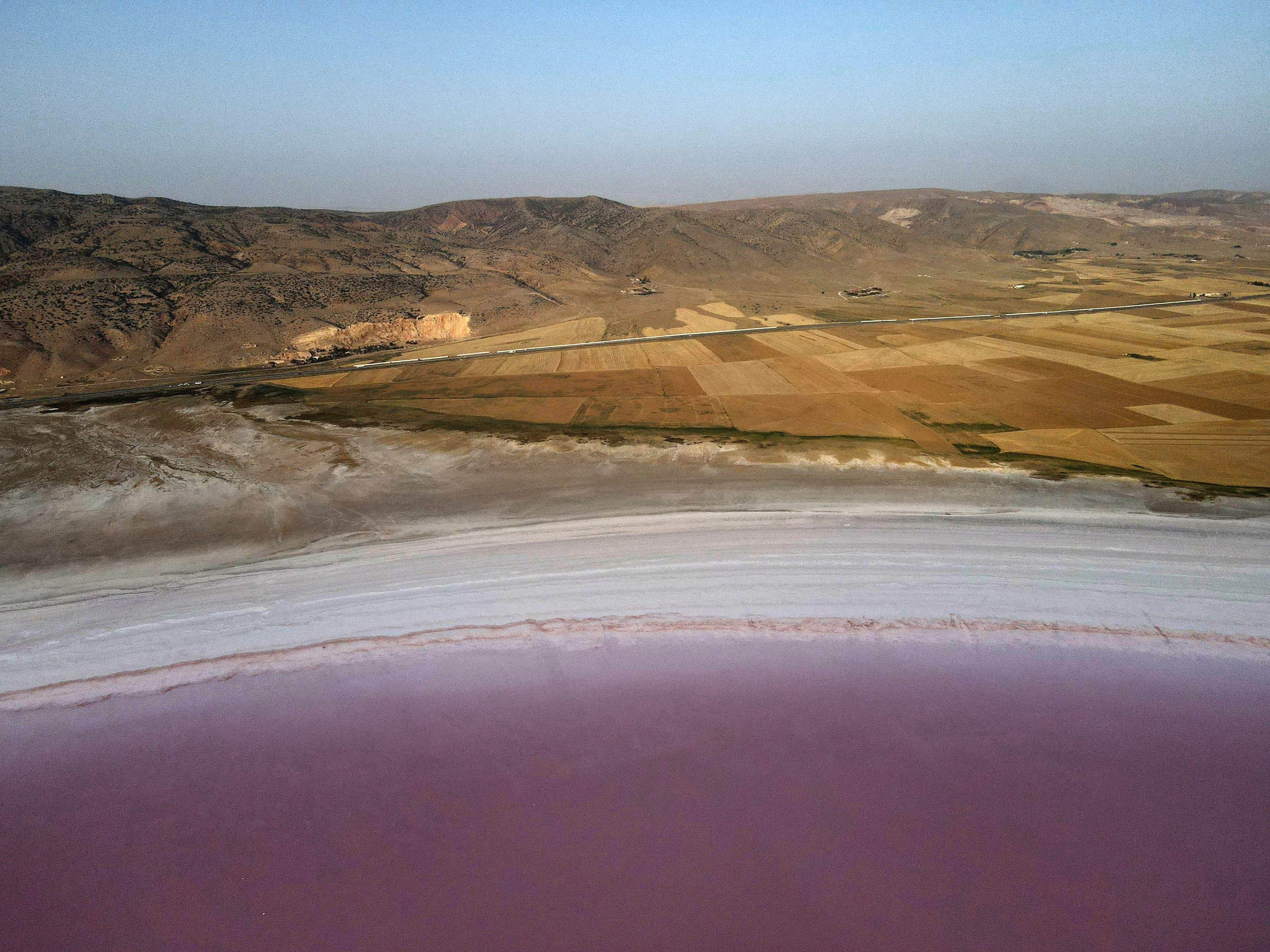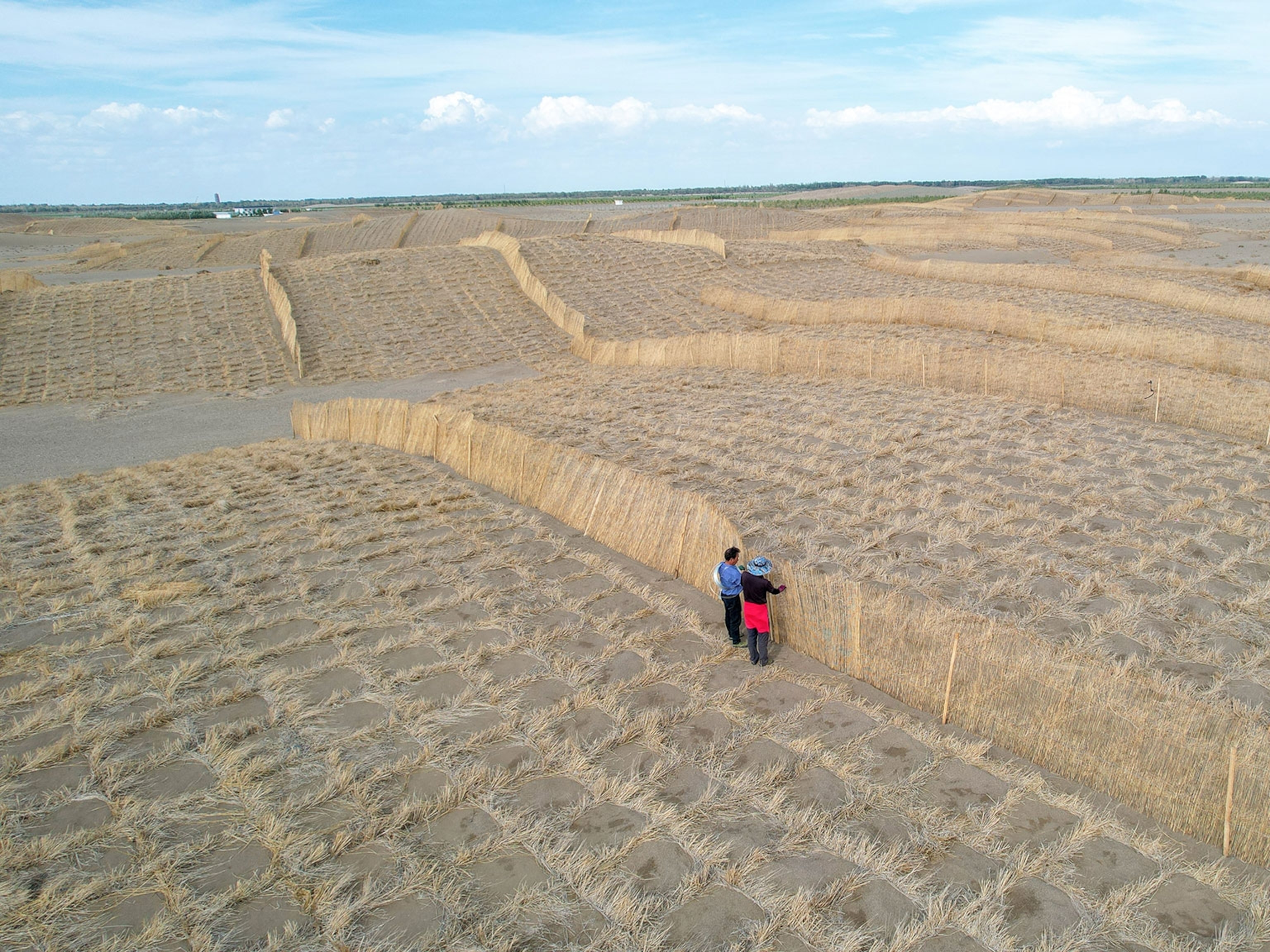
As the tide rises, an Indonesian village fights to save its dead
The cemetery in Timbulsoko, on the north coast of Java, is sinking beneath the waves. Villagers aren’t ready to let it go.
Demak Regency, Indonesia — Indonesian photographer Aji Styawan spent more than four years covering the sinking coast of Demak Regency, in Central Java, for his feature in the July issue of National Geographic magazine. During that time, he visited the village of Timbulsloko, which is not far from his own home, dozens of times. Groundwater extraction is causing the coast in Demak Regency to sink rapidly, even as climate change is causing the sea to rise, and to Styawan, the Timbulsloko community cemetery was a particularly poignant illustration of this situation. It flooded regularly at high tide, making it impossible for residents to visit or bury their dead.
Then in September of last year, the villagers managed to raise the cemetery by about five feet. A government backhoe scraped the necessary mud from the surrounding seafloor, but the villagers did most of the work themselves by hand—removing and later replacing the headstones, leveling the freshly piled mud, and building a bamboo fence to keep it in place. They wanted to preserve their connection to their past and the sweet memories of their ancestors for a little while longer.
“For me personally, I am always stunned because when they are alive, the people are living with the seawater around them even inside their homes,” Styawan wrote in an email at the time. “When they die, they will be buried below sea level. Even though the cemetery has been raised up, still the holes that they dig will have seawater inside.”



One of the people he met at the cemetery was Mulyono, 61, who was taking care of the tombstones of his family. His father was buried in this cemetery in 1982, Mulyono told Styawan; his sister Masriah followed in 1988 and his mother, Kharsanah, in 2008. Mulyono and his family had been farmers in this hamlet, and he remembered when it had been surrounded by trees and fertile agricultural land. Now it’s surrounded by seawater. At the cemetery there is just one dead monkeypod tree left.
Once the cemetery had been raised last September, Styawan asked the villagers how long they thought the fresh mud would last. “They said it can be up to two years,” he recalls.
Eight months later, the Timbulsloko village leader told Styawan that the cemetery is already washing away. The woven bamboo fence that surrounded the cemetery had collapsed at the end of 2021, and the cemetery had lost more than six feet (two meters) of soil on all sides. In February, a donor gave the villagers 980 used tires to spread around the perimeter as a makeshift barrier, to ward off the inevitable a little while longer.
Meanwhile, the wooden walkway that leads from the village to the cemetery is nearly underwater at high tide. The water keeps rising.













